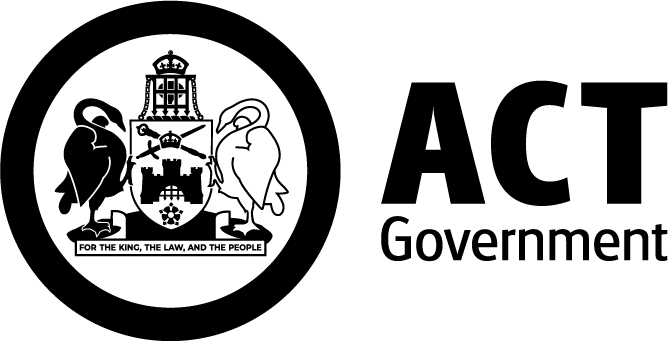Voluntary assisted dying laws for private facilities
This information will help you follow the ACT’s voluntary assisted dying laws.
A ‘facility’ is any place where a person is being given a care service. For example, a health service, aged care service or personal care service.
A ‘facility operator’ is the person or company that runs the facility.
A ‘resident of a facility’ is a person who is staying at a facility.
Examples of private facilities are:
- private hospitals
- hospices
- residential aged care facilities
- hostels
- respite facilities
- any other place people with illness, disease, incapacity or disability access accommodation, nursing or personal care.
What my facility must do under the law
Your facility must:
- have a policy about voluntary assisted dying
- allow residents to get information about and complete steps in the voluntary assisted dying process.
Voluntary assisted dying policy
Your facility must have a policy to allow residents to access voluntary assisted dying. The policy must be in place by 3 November 2025.
The policy must be easy to find and understand for:
- all staff and care providers
- visiting health care providers
- current and future residents
- carers of current or future residents.
For example, the policy can be available on your facility’s website or in a brochure.
Responding to requests
Under the law, your facility and staff can refuse to take part in voluntary assisted dying. But your facility must not stop a resident from accessing voluntary assisted dying information or services.
A resident may ask you about voluntary assisted dying. If so, you must give them the contact details of the ACT Voluntary Assisted Dying Care Navigator Service. You must do this in 2 business days. The contact details of this service will be available closer to 3 November 2025.
Your facility should also help the resident to contact this service. This may be helping them use a phone, send an email or use another communication aid like a support person or an interpreter.
Your facility must also continue to give the resident same level of care needed to meet their needs such as palliative care.
Visitors and transfers
Your facility must allow a ‘relevant person’ to visit a resident to give them information or access to voluntary assisted dying.
A relevant person may be:
- a voluntary assisted dying practitioner
- an employee of the ACT Voluntary Assisted Dying Care Navigator or Pharmacy Service
- a person acting as a witness, agent or contact person for the resident
- a person providing interpreting and/or translating services for the resident.
If the relevant person cannot attend your facility, your facility must support transferring the resident to and from the relevant person.
The resident’s voluntary assisted dying practitioner or treating doctor might say the person is too sick to be transferred. If so, your facility operator must write to the Voluntary Assisted Dying Board stating the:
- reasons why the transfer did not happen
- steps taken by your facility to try to support the transfer.
The contact details of the Voluntary Assisted Dying Oversight Board will be available closer to 3 November 2025.
Downloads
Related information
Contact us
You can contact the ACT Voluntary Assisted Dying Taskforce at ACTHD-VAD@act.gov.au to help:
- make sure your facility follows the ACT's voluntary assisted dying laws
- write your facility's voluntary assisted dying policy.
